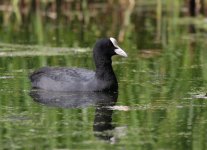Keith Reeder
Watch the birdie...
Some examples with the 100-400mm plus taped-pins 1.4x - don't think there's any IQ problems here...
http://www.capture-the-moment.co.uk/tp/gallery/north-norfolk-september-2007
I would not be without this lens - and I could easily sell it for the 400mm prime if I wanted to.
But why would I?
http://www.capture-the-moment.co.uk/tp/gallery/north-norfolk-september-2007
I would not be without this lens - and I could easily sell it for the 400mm prime if I wanted to.
But why would I?




